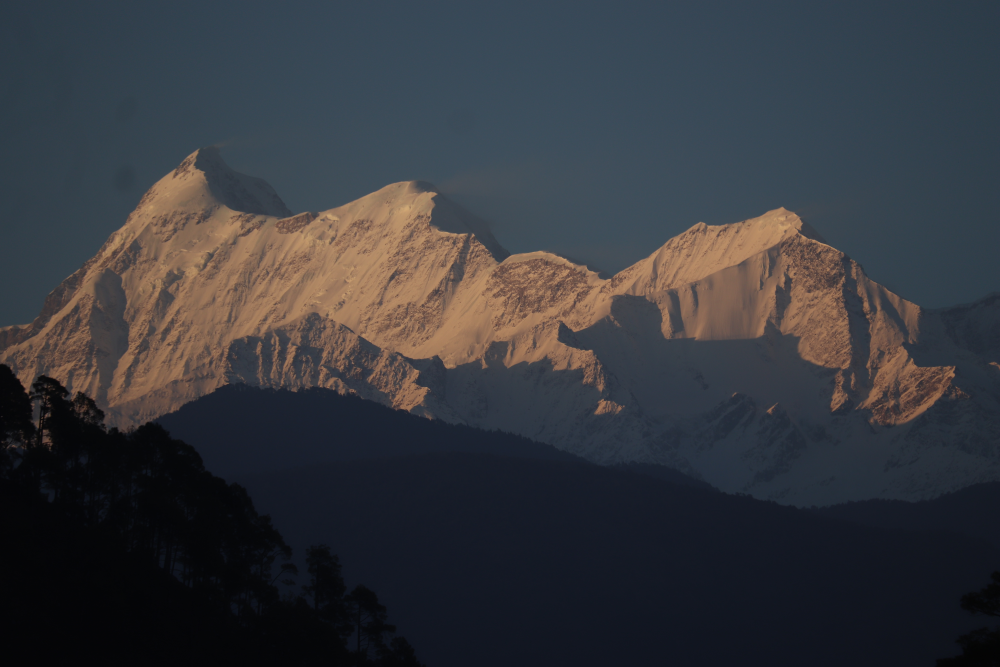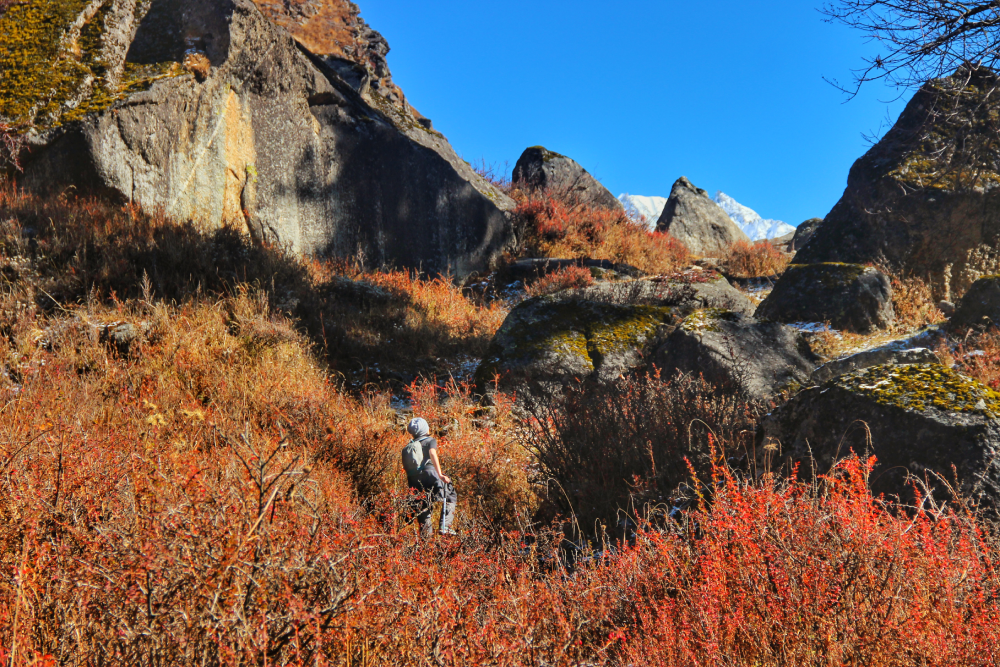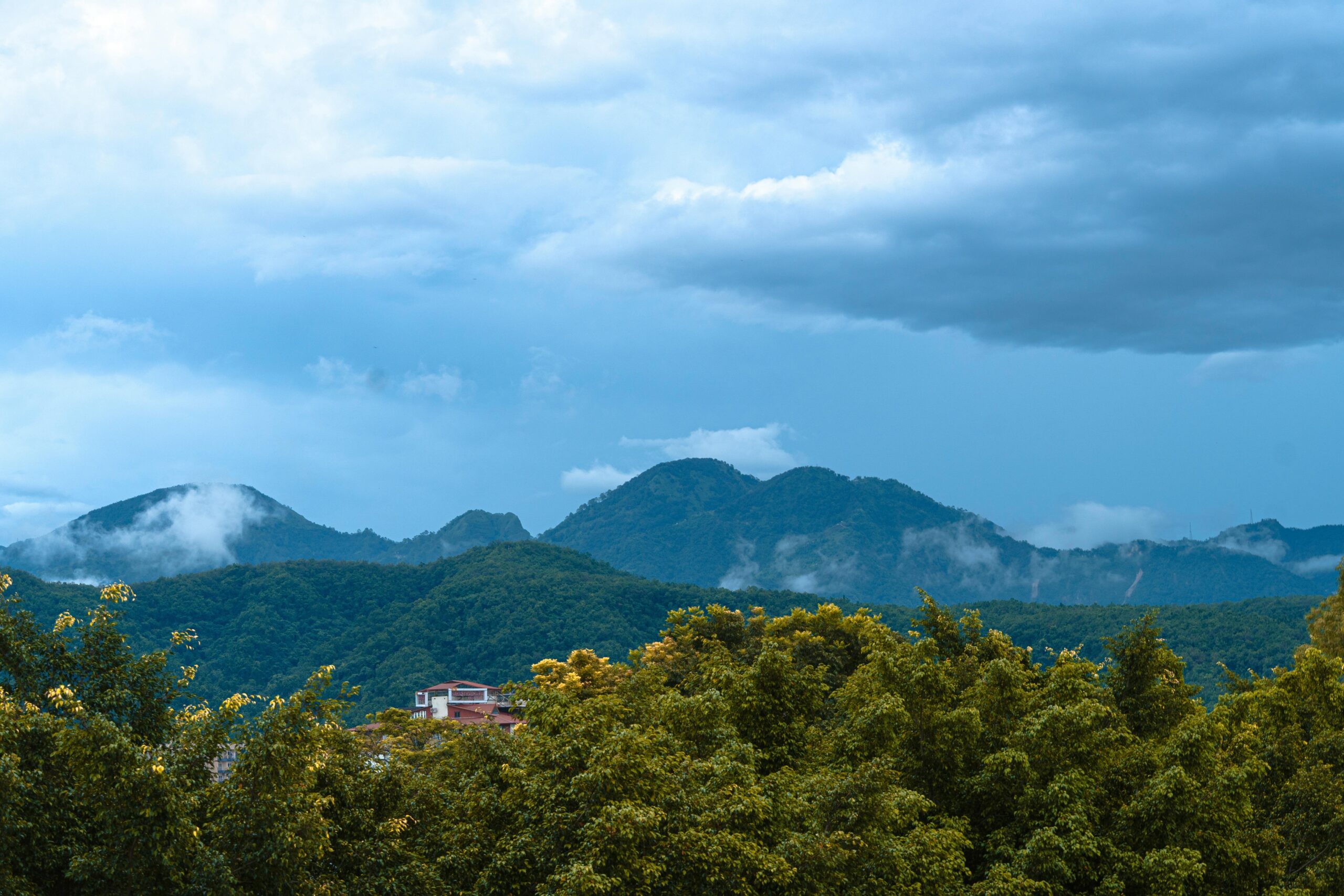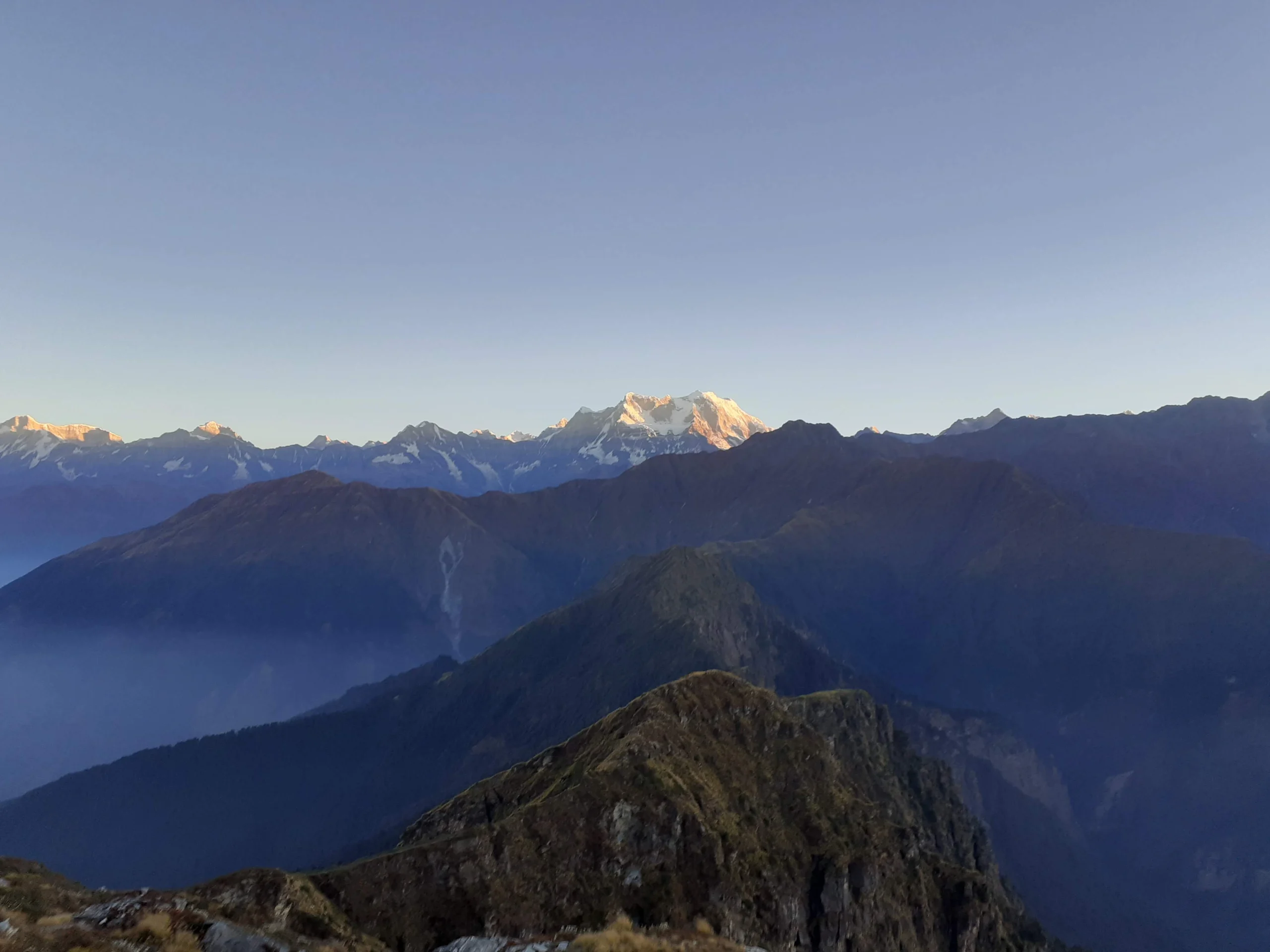Hidden away in Uttarakhand’s Garhwal Himalayas, Triyuginarayan Temple has this quiet way of drawing you in, like the mountains are letting you in on something special. Sitting at 1,980 meters in Rudraprayag district, it’s not the tallest place you’ll find around here, but there’s something about it that stays with you.
This temple is where Shiva and Parvati are said to have tied the knot, with Vishnu playing the brother-in-law and Brahma handling priest duties. People say the fire from that wedding is still going strong out front, kept alive by locals who’ve been at it forever. So, if you’re chasing an experience, a spiritual moment, or just a great tale, Triyuginarayan has got plenty to offer. Let’s get into what makes this spot so special..
The Story Behind the Flames
It all starts with a love story straight out of Hindu mythology, set in the Satya Yuga: the first big chunk of time when everything was golden. Parvati, born to Himavat, the mountain king, had her heart set on Shiva. She’d been his wife before, as Sati, but that ended rough when she burned herself up over family drama.
Reborn, she wasn’t about to let him slip away again. So, she settled herself at Gauri Kund, about 15 kilometers down the road, and started meditating deep. Years went by, maybe thousands if you buy the cosmic clock, with snow piling up and winds howling around her.
Shiva was off in his own world, meditating somewhere up high, probably near Guptakashi. Eventually, he caught wind of her effort and showed up. Her dedication won him over, and he said yes to a wedding. They picked Triyuginarayan for the big day. Back then, it might’ve been Himavat’s mainland.
Vishnu stepped up as Parvati’s brother, handling the family side, while Brahma was the priest, lighting a fire to seal the vows. That fire, the Akhand Dhuni, hasn’t gone out since, or so the locals swear. There’s a stone too, the Brahma Shila, marking where it all went down. It’s a tale that’s big, bold, and a little mind-bending.
What’s the Name About?
“Triyuginarayan” splits into “Tri” (three), “Yugi” (ages or yugas), and “Narayan” (Vishnu). People say this place and that fire has been around for three yugas: Satya, Treta, and Dvapara, rolling into our messy Kali Yuga now.
We’re talking millions of years. Satya Yuga alone clocks in at 1.7 million by Hindu reckoning. True or not, it’s a hefty claim, and it’s why people call it the Akhand Dhuni Temple that is “eternal flame” in plain terms. For the people who live here, it’s a piece of forever they’re holding onto.
The Temple Now
Today, Triyuginarayan feels like it’s stuck in a quieter era. The temple’s stone setup got a touch-up from Adi Shankaracharya way back in the 8th century. He was all over these hills fixing up shrines. It’s simple, not too showy, with a energy like Kedarnath’s older cousin. Inside, there’s a silver Vishnu idol, about two feet tall, with Lakshmi and Saraswati keeping him company.
But the real draw’s outside: that fire pit, the havan kund, where the flame’s been going nonstop. People toss in wood, grab some ash. It’s supposed to bless marriages, which tracks with the Shiva-Parvati connection.
There are four ponds nearby namely Rudra Kund, Vishnu Kund, Brahma Kund, and Saraswati Kund. Story goes, the gods cleaned up in them before the wedding, with water from Vishnu’s navel feeding the Saraswati Kund and spilling into the rest. Locals still splash around in them, hoping for healing or good vibes.
A little stream, the Saraswati Ganga, trickles out of the courtyard to keep them full. With the peaks looming and the fire crackling, it’s a spot that hits you whether you’re there for faith or just the scenery.
How to Get There
Reaching Triyuginarayan is pretty straightforward if you’re starting from Sonprayag, about 12 kilometers away. That’s the last place you can drive to, and from there, it’s a quick ride, 30 minutes if the road’s good, longer if it’s a mess. Monsoon can clog things up with landslides, so keep an eye out.
If you’re up for it, there’s a 5-kilometer trek from Sonprayag along the Guttur-Kedarnath trail, nothing too steep, just a nice walk through pine trees and rhododendrons. You’ll need decent shoes, though; it’s not a paved stroll.
Zoom out a bit, and you’re likely coming from Haridwar (275 km from Delhi by train) or Rishikesh. From there, it’s a bus or taxi to Sonprayag—8 to 10 hours, depending on traffic and stops.
Guptakashi is another solid jumping-off point, 30 km away, with more places to explore if you’re not into roughing it. May to October’s the sweet spot, summer’s warm, fall’s crisp and clear. Winter’s gorgeous but dicey; snow can shut down the roads, so check ahead.
What You’ll Find
The village around the temple is small, it is just a few houses, some shops with prayer stuff, and dhabas slinging dal and roti. Don’t expect luxury, homestays and basic lodges are what you get, cheap and simple.
For something comfier, head back to Sonprayag or Guptakashi. Food is no-frills, you will get North Indian basics, maybe a pahadi dish like chainsoo if you’re in luck. Sometimes the temple runs a langar, free grub for pilgrims, which is handy.
It’s open all day except for a midday break when the priests do their thing. You’ll see people praying, couples doing marriage pujas, even older folks renewing vows—Shiva and Parvati’s story still echoes.
Photos are cool outside, but ask inside since the priests can be picky. It’s at 1,980 meters, so if you’re not used to altitude, hang out lower first. Pack a first-aid kit, help’s not right around the corner up here.
Why It’s Worth It
This place is a thread through time. That fire has been burning for who knows how long, kept alive by people who believe in it. For trekkers, it’s a chance to pair a hike with something bigger, those Garhwal views are unreal, and the quiet hits different.
Pilgrims come for Vishnu, Shiva, and Parvati, feeling the weight of the stories. And if you’re just a devotee for stories, it’s a front-row seat to a love tale that’s outlasted empires.
Someone who’s been told me they sat by the fire for an hour once, watching it flicker, and it put everything into perspective. Another said the peace up there was like nothing else. You should go for the exploration and the view, maybe grab some ash for the road. It’s not every day you brush up against a legend like that.
Stuff Nearby
While you’re around, Gauri Kund is a must. It’s 5 km away, it’s where Parvati meditated her way to Shiva. Kedarnath’s 25 km off, a tough trek or chopper ride to another Shiva spot. Vasuki Tal’s a high lake worth checking if you’ve got extra days. Even just poking around the village or breathing the mountain air’s a win. The Himalayas don’t mess around.
Wrapping It Up
Triyuginarayan Temple’s got something that stays with you through and through. Could be the fire that won’t quit, or the idea of Shiva and Parvati starting off their life right there. Maybe it’s how the mountains wrap around it, like they’re guarding the secret. It’s not just a stop. It’s a story etched into the hills, waiting for you to walk into it.
So, toss some gear in a bag, lace up, and see what’s up. You might leave with more than you came for.
If you are looking for vibrant experience in the himalayas connect with: mountainiax












